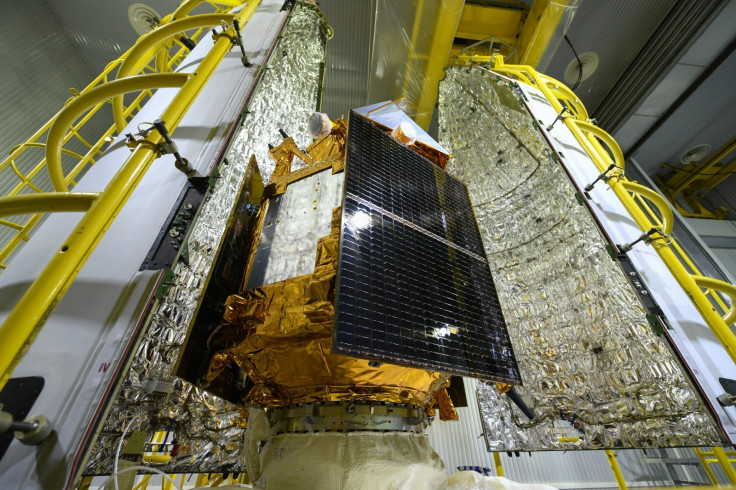ESA launches sixth Sentinel satellite to monitor daily levels of global air pollution
The data transmitted by Sentinel-5p will also help scientists to further study the formation of holes in the Earth's ozone layer.

The European Space Agency (ESA) has launched a satellite, dubbed Sentinel-5P or Sentinel 5 Precursor, to monitor the Earth's air pollution more precisely, according to a report in Reuters.
The satellite, which weighs 820kg, was launched aboard a converted Russian Intercontinental Ballistic Missile (ICBM) called Rockot from the Plesetsk Cosmodrome in Russia on Friday (13 October).
"Having Sentinel-5P in orbit will give us daily and global views of our atmosphere with a precision we never had before," said Josef Aschbacher, the ESA's Director of Earth Observation Programmes.
Positioned 824 kilometres (512 miles) above Earth, Sentinel-5p will come into full operation after six months of validation checks and system tests. The satellite will make 20 million observations on a daily basis, monitoring the troposphere to build maps of polluting gases as well as particles harmful for humans, such as volcanic ash or high levels of ultraviolet radiation.
The data transmitted by Sentinel-5p will also help scientists to further study the formation of holes in our planet's ozone layer, according to Reuters.
This satellite is the sixth member of the Sentinal network launched by the ESA as part of EU's Copernicus programme. All of these satellites have been launched to provide insights into Earth-related aspects and will be followed by more in the coming years.
"Launching the sixth Sentinel satellite for the Copernicus project is testament to the extensive competence we have here at ESA, from its moment of conception to well into operations," said ESA Director General Jan Woerner.
The Copernicus programme will help to restore the capabilities Europe lost when its Envisat spacecraft ceased operations in 2012. In total, the EU and the ESA have planned an investment of more than 8bn euros (£7.12bn) for the project till 2020.





















